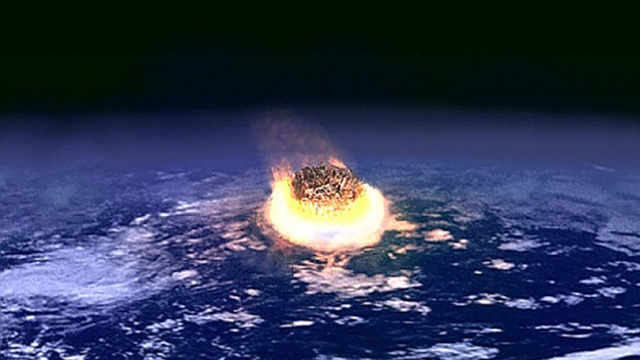Dinosaur-killing impact set the world on fire
Ars Technica » Scientific Method 2013-03-27
The mass extinction events that we understand well all seem to have relatively local causes: volcanic activity in Asia or Pangea, an impactor striking the Yucatan. But the events are so large that the environmental disruption goes global, killing off species across the planet and even in ecosystems, like the oceans, that might not be directly affected.
Massive volcanic eruptions can clearly create global destruction by dimming sunlight, causing sudden climate swings and acidifying the ocean. But it might be a bit harder to see how the impact of a large rock from space can reach into habitats halfway around the globe. Yet that's exactly what we think happened during the extinction that killed off all the non-avian dinosaurs (along with a host of other species). A paper in the Journal of Geophysical Research reviews the evidence for what its authors consider the most plausible model for global mayhem caused by the impact: its debris lit all the world's forests on fire at once.
The basic outlines of the scenario are pretty straightforward. The energy released by the impact sent lots of material high into and above the atmosphere, a lot of it near the escape velocity, which allowed it to spread around the planet. That is, after all, how we got the global layer of iridium that pointed to an impact being involved in the first place. But it's this material's return through the Earth's atmosphere that caused problems for vegetation. The heat of re-entry for all this material set off what's termed a "global infrared pulse."
Read 8 remaining paragraphs | Comments
